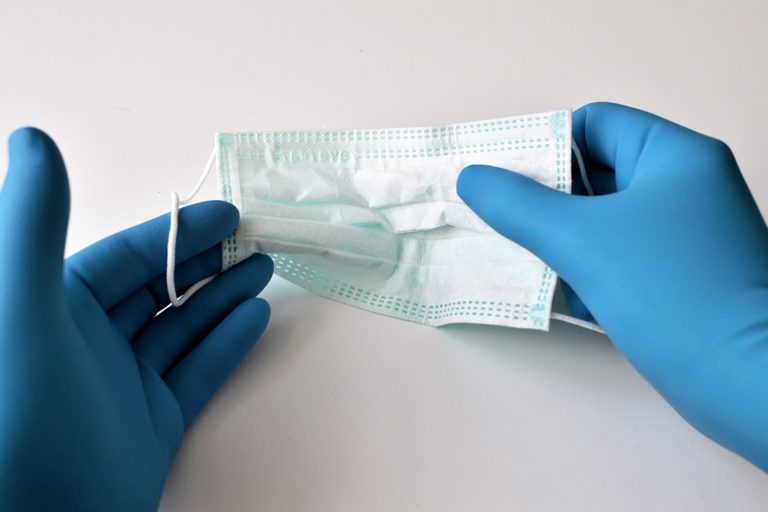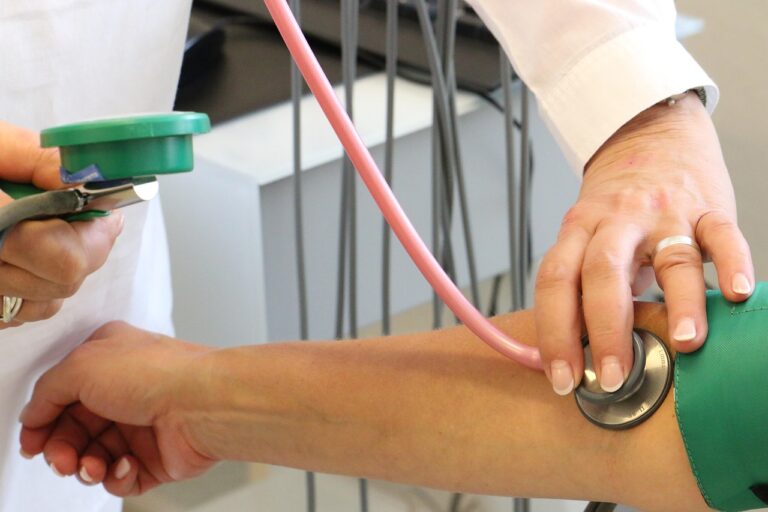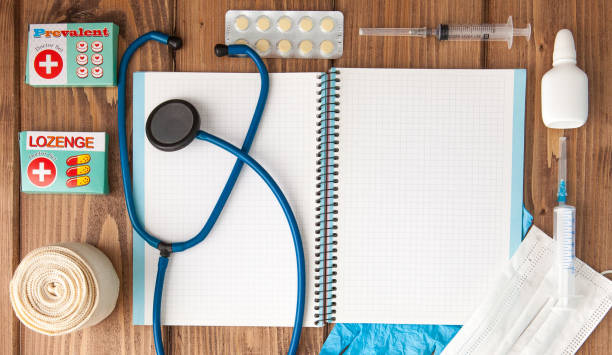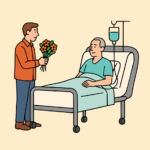Book Appointment Now

Effective Pain Management Techniques in Pediatric Care
Pain management is a critical component of pediatric nursing, as children often experience pain differently from adults. Effective pain management requires a thorough understanding of both non-pharmacological and pharmacological approaches to ensure that children receive appropriate care while minimizing discomfort. This article explores various effective pain management techniques in pediatric care, offering strategies that healthcare providers can implement to relieve pain in children.
Get a custom nursing essay about pain management techniques in pediatric care assignment
Order Custom Nursing Essay
Understanding Pediatric Pain
Children’s pain is often underestimated or misunderstood, as their ability to communicate their feelings may be limited depending on their age, cognitive development, or emotional state. Pediatric nurses play a crucial role in assessing pain accurately and implementing interventions that are both effective and age-appropriate.
Importance of Pain Management in Pediatrics
- Prevents long-term psychological impact: Uncontrolled pain can lead to anxiety, fear, and even trauma in children.
- Improves recovery: Managing pain effectively helps reduce stress, promoting faster recovery and improving overall health outcomes.
- Enhances trust: When nurses address pain proactively, it fosters trust between the healthcare provider, the child, and the family, ensuring better cooperation during treatment.
Non-Pharmacological Pain Management Techniques in Pediatric Care
Non-pharmacological techniques focus on reducing pain without the use of medications. These approaches are particularly valuable because they are less invasive, carry fewer side effects, and can be used in conjunction with pharmacological treatments to enhance pain relief.
1. Distraction Techniques
Distraction is one of the most commonly used non-pharmacological methods for managing pain in children. By diverting the child’s attention away from the pain, the perception of discomfort can be significantly reduced.
Common Distraction Methods:
- Toys and games: Age-appropriate toys, video games, or interactive apps can help take a child’s mind off the pain.
- Music and videos: Watching their favorite cartoons or listening to calming music can soothe anxious children during procedures.
- Storytelling: Engaging the child in a story, either by reading or imaginative play, helps shift focus from the pain to something enjoyable.
2. Comfort and Positioning
Comfort measures, such as holding or cuddling younger children, can help reduce pain and anxiety. Proper positioning during medical procedures or treatment also plays a role in minimizing discomfort.
Effective Comforting Techniques:
- Swaddling infants: Wrapping babies securely in a blanket provides comfort and can reduce stress during painful procedures.
- Parental presence: Allowing parents to stay with their child during treatments can help create a sense of security and lower the child’s perception of pain.
- Heat and cold therapy: Applying a warm compress or a cold pack can be an effective way to reduce localized pain.
3. Guided Imagery and Relaxation Techniques
Guided imagery involves helping the child visualize a peaceful scene or happy place to shift their focus away from pain. Relaxation techniques, such as deep breathing and mindfulness exercises, can also help children manage their pain by reducing anxiety and tension.
How to Implement Relaxation Techniques:
- Teach older children and adolescents to take deep breaths, focusing on slow inhalation and exhalation.
- Guide them through visualizing calm, soothing places, such as the beach or a favorite park, to distract them from the pain.
4. Cognitive Behavioral Therapy (CBT)
Cognitive Behavioral Therapy (CBT) is a psychological approach that helps children understand and manage their pain by changing negative thoughts and behaviors associated with it. Pediatric nurses can collaborate with child psychologists to implement CBT techniques that promote coping skills and reduce the emotional impact of pain.
5. Play Therapy
For younger children, play therapy can be an effective way to manage pain. Pediatric nurses use play as a tool to help children express their emotions and understand medical procedures, making the experience less intimidating.
Pharmacological Pain Management Techniques in Pediatric Care
Pharmacological pain management involves the use of medications to control pain. In pediatric care, these medications must be carefully dosed and monitored to ensure safety and efficacy.
1. Analgesics
Analgesics are medications specifically designed to relieve pain. They are categorized based on their potency and mechanism of action.
Commonly Used Pediatric Analgesics:
- Acetaminophen (Tylenol): A widely used over-the-counter pain reliever suitable for mild to moderate pain. It is often used for headaches, fever, or postoperative discomfort.
- Nonsteroidal Anti-Inflammatory Drugs (NSAIDs): Medications like ibuprofen are used to reduce inflammation and treat conditions such as sprains or post-surgical pain. They are effective for mild to moderate pain and inflammation.
- Opioids: For severe pain, such as post-surgical pain or pain from serious injury, opioid medications may be prescribed under strict supervision. Examples include morphine and oxycodone. Due to their potential for side effects and dependency, opioids are used with caution in pediatric patients.
2. Local Anesthetics
For procedures like blood draws or minor surgeries, local anesthetics can be used to numb specific areas of the body. Topical anesthetics, such as lidocaine creams or patches, are commonly applied before procedures to reduce needle pain.
3. Adjuvant Medications
In some cases, medications that are not primarily used for pain management can help relieve pain. These include:
- Antidepressants: Certain antidepressants can help with chronic pain management, especially in cases involving neuropathic pain.
- Anticonvulsants: Medications like gabapentin may be used to treat nerve pain in children with conditions such as complex regional pain syndrome (CRPS).
4. Patient-Controlled Analgesia (PCA)
For older children and adolescents, patient-controlled analgesia (PCA) allows the patient to control their own pain medication delivery. This technique is often used for postoperative pain or in cases of chronic pain where the child requires more control over their pain relief.
Combining Pharmacological and Non-Pharmacological Approaches
The most effective pain management strategies often involve a combination of both pharmacological and non-pharmacological techniques. For instance, a child undergoing surgery might be given pain-relieving medication alongside relaxation exercises and distraction methods to provide comprehensive pain control.
Benefits of a Combined Approach:
- Enhanced pain relief: Using multiple methods ensures that both the physical and emotional aspects of pain are addressed.
- Fewer side effects: Combining lower doses of pain medication with non-pharmacological methods can reduce the risk of medication-related side effects.
- Improved patient satisfaction: Children and their families are more likely to feel supported and satisfied with their care when multiple pain management strategies are employed.
Effective pain management in pediatric care requires a holistic approach that combines both non-pharmacological and pharmacological techniques. Pediatric nurses play a critical role in assessing, managing, and alleviating pain in children by implementing strategies such as distraction, comfort measures, and appropriate use of medications. By using a combination of methods tailored to the child’s needs, healthcare providers can ensure the best possible pain relief, leading to improved patient outcomes and a more positive healthcare experience.







